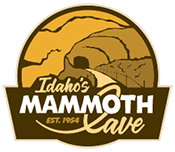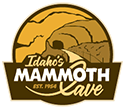Idaho is famous for its endless outdoor adventures, and among the state’s wide variety of mountains, lakes, and rivers, the Payette River stands out as a favorite for those seeking a fun, fast-paced day on the water. Cutting through canyons and forests in southwestern Idaho, the Payette River is known for its many stretches of whitewater rafting and kayaking, ranging from gentle Class I rapids suitable for families to thundering Class V drops that challenge even the most seasoned paddlers.
A Snapshot of the Payette River
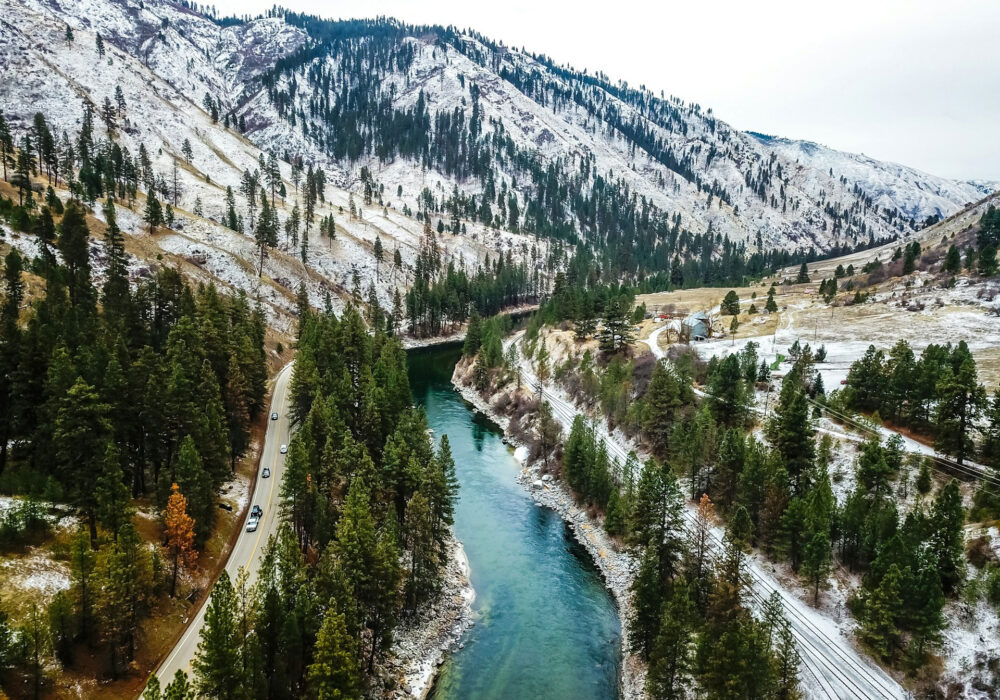
“Sawtooth Mountains and Salmon River” by Fredlyfish4 is licensed under CC BY-SA 4.0.
Flowing through the mountains north and east of Boise, the Payette River is made up of three main branches: the North Fork, the South Fork, and the Main Payette. Each branch has its own personality, shaped by the terrain, gradient, and volume of water. The area around these forks sees plentiful snowmelt in spring, which boosts river flows into the summer. Though the water eventually stabilizes later in the season, two key dams—at Cascade and Deadwood Reservoirs—help manage flows, often extending the whitewater season well into the fall. This means you can still catch thrilling rapids long after some other rivers have dropped to a trickle.
At certain popular access points, a Federal Fee Site system requires visitors to purchase a daily permit or a seasonal pass for parking. These fees help maintain boat ramps, river-access sites, and the overall health of the river environment. Make sure to display your permit on your vehicle to avoid a ticket, and always follow posted regulations to keep the area clean and safe for everyone.
Main Payette: A Friendly Introduction
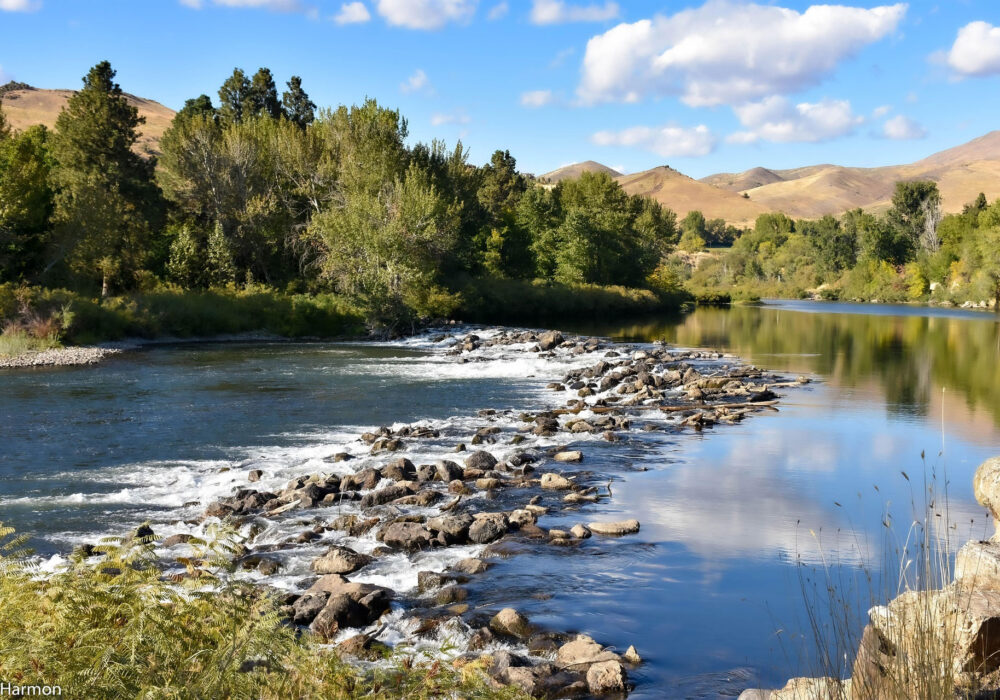
A great place to start your Payette River adventure is on the Main Payette section. Often considered a welcoming run for beginners and families, the Main Payette has rapids rated from Class II to Class III, providing just enough excitement for newcomers without pushing them too far out of their comfort zone. This stretch begins near Banks, a well-known hub for river activities, and meanders downstream through scenic canyons and wooded hillsides.
- Location: The put-in at Banks sits where the North Fork and South Fork meet, forming the Main Payette.
- Rapids: Most are small “pool-and-drop” rapids, meaning short bursts of whitewater followed by calmer pools of water, which let you catch your breath.
- Best For: Families, first-time rafters, and kayakers honing their basic skills.
- What to Expect: Trips here usually last about three hours. Guides often stop to let people swim or practice paddling techniques in gentler sections of the river.
Because it’s so close to Boise (around 35 minutes away), the Main Payette is a perfect afternoon getaway. You could spend the morning shopping or exploring downtown Boise, then drive out after lunch to catch a guided trip or run the river on your own. The warmer months, from June through mid-September, are especially popular as the water is more comfortable for swimming and splashing around. Just remember to bring a water bottle, sunscreen, and appropriate clothing—like quick-drying shorts rather than jeans.
North Fork: A Playground for the Brave
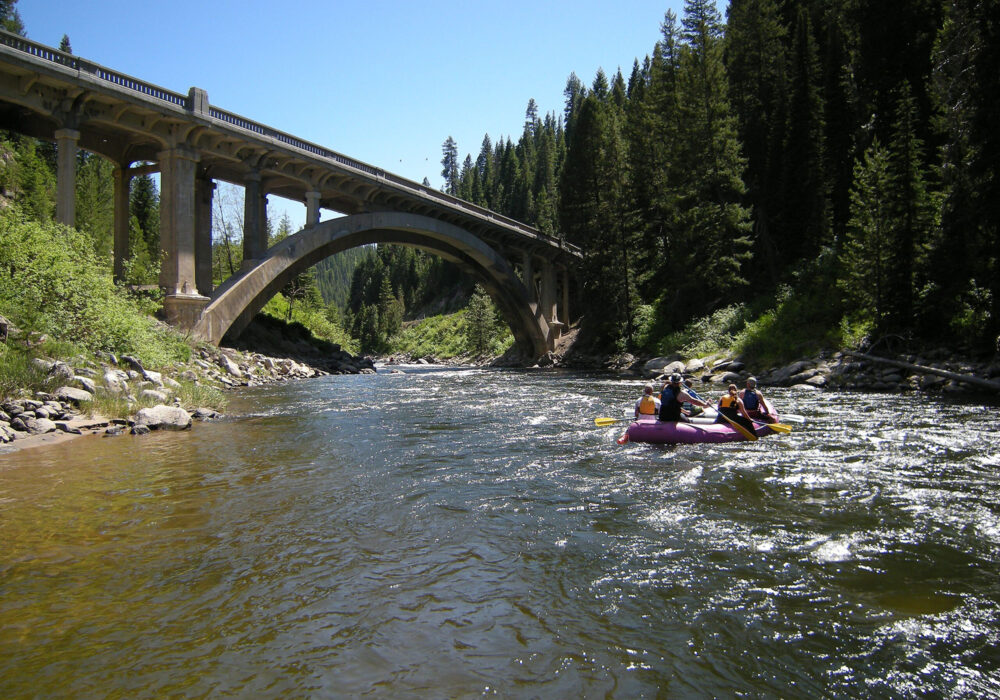
“North Fork Payette River Bridge (Rainbow Bridge)” by Paulboehlke is licensed under CC BY-SA 4.0.
If you’re looking for high-adrenaline thrills, the North Fork Payette may be just the challenge you need. Known for its continuous whitewater and technical drops, this section is generally recommended only for advanced kayakers and rafters capable of tackling Class IV to Class V rapids. The North Fork’s gradient is steep, causing the river to move at a fast clip, leaving little room for error. These rapids demand precise paddling, quick reactions, and a solid roll if you’re in a kayak.
- Location: The North Fork runs parallel to Highway 55, which follows the river north from Banks up toward Cascade and McCall.
- Rapids: Depending on the segment you choose, you’ll find consistent whitewater with big holes, steep drops, and fast-moving currents.
- Best For: Expert paddlers who have experience in extreme whitewater. Commercially guided trips here are less common, but they do exist for advanced groups wanting a serious challenge.
- What to Expect: A fast-paced, technical run requiring teamwork if you’re in a raft and top-notch personal skills if you’re kayaking.
Dams upstream help regulate the flow, but the North Fork still runs high in spring and early summer when snowmelt peaks. Even in late summer or early fall, the rapids remain serious. If you’re not sure whether you’re up to it, you can always watch from a pullout along Highway 55 and admire the kayakers who brave these powerful rapids. Just be aware that parking along the highway can be tight, so always use designated pullouts and respect private land.
South Fork: From Friendly to Fierce
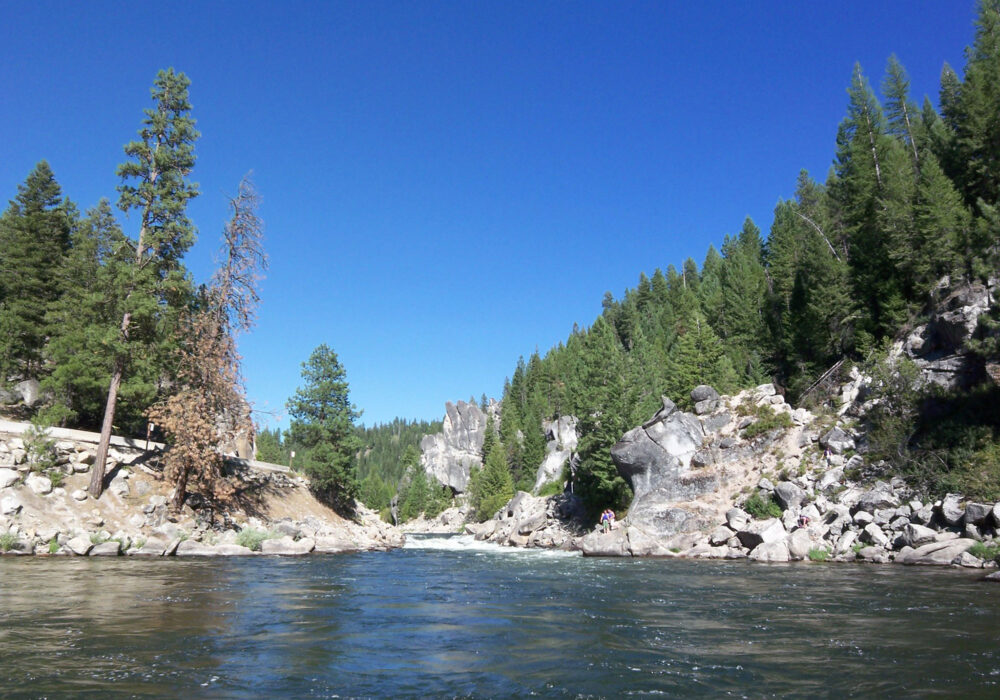
The South Fork Payette is a river runner’s dream, offering something for practically every skill level—if you know where to go. For intermediate boaters, the Cabarton Section of the North Fork (often associated with the Payette system) or certain segments of the South Fork itself can provide a step up from the Main Payette. More advanced paddlers often flock to the Canyon and Staircase Sections, where Class III-IV rapids test your ability to maneuver around rocks, holes, and wave trains.
- Cabarton Section (Class II-IV): While technically on the North Fork near the town of Cascade, it’s often included in the broader Payette system. This section is known for moderate rapids that help paddlers transition from beginner-friendly waters to intermediate runs.
- Staircase Section (Class III-IV): Located on the South Fork, this stretch is a go-to for paddlers moving from Class II-III water to more advanced rapids. Staircase Rapid itself presents a thrilling ride, and the surrounding canyon views are stunning.
- Canyon Section (Class IV): Farther down the South Fork, the Canyon Section is a true highlight for more advanced river runners. Rapids are bigger, drops are more pronounced, and the narrow canyon walls amplify the sense of adventure.
The entire South Fork area is known for its scenic beauty, with tall conifers, rugged canyon walls, and abundant wildlife. Depending on the time of year, you might catch glimpses of deer, eagles, or even bears. Fishing opportunities also abound, especially in calmer stretches or in the pools below rapids. If you’re planning on exploring the South Fork, consider a multi-day trip to enjoy both the whitewater and the serenity of camping under the stars.
Best Time to Visit
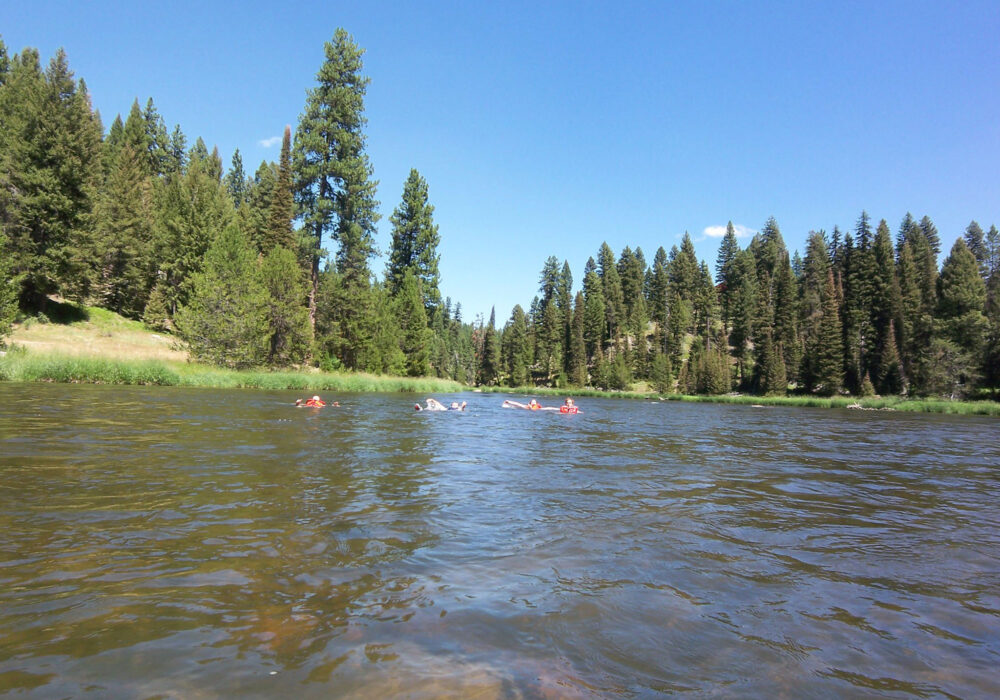
The main whitewater season on the Payette River runs from late spring through early fall. Peak flows occur when melting snow from the mountains swells the river, typically in May and June. These higher flows can push some sections from “intermediate” to “advanced,” so be sure to check current water conditions and difficulty ratings. By mid-summer, flows level off, making it an ideal time for families or newer paddlers to explore sections like the Main Payette or Cabarton.
Fall can also be a wonderful time on the Payette, especially if you prefer smaller crowds and cooler temperatures. Thanks to the release of water from Cascade and Deadwood Reservoirs, certain sections maintain a steady flow into September and even October. Just remember to pack warmer layers, as mornings and evenings can get chilly in the canyon.
Setting Up Your Trip
- Guided vs. Private Trips: If you’re new to rafting or kayaking, booking a guided trip is a safe and hassle-free way to experience the Payette. Outfitters supply gear, handle transportation, and send knowledgeable guides who know how to read the river. For seasoned boaters with their own equipment, there are plenty of launch sites, but you’ll need to arrange vehicle shuttles.
- Gear: Typical summer attire might include a swimsuit, quick-dry shorts, and a T-shirt. Footwear should be something that won’t slip off, like sports sandals with heel straps. Helmets and life jackets are essential. Some outfitters also provide wetsuits and splash jackets during cooler weather.
- Permits & Fees: Many of the popular access points along the Payette require a day-use fee or a seasonal pass for parking. You’ll usually see self-serve pay stations or a staffed kiosk at major put-ins. Keep the permit visible in your car.
- Group Size: The Payette can get busy in peak season, especially on weekends. Large groups should be mindful of ramp etiquette—unloading quickly and moving vehicles out of the way so others can access the water.
Paying Attention to Safety
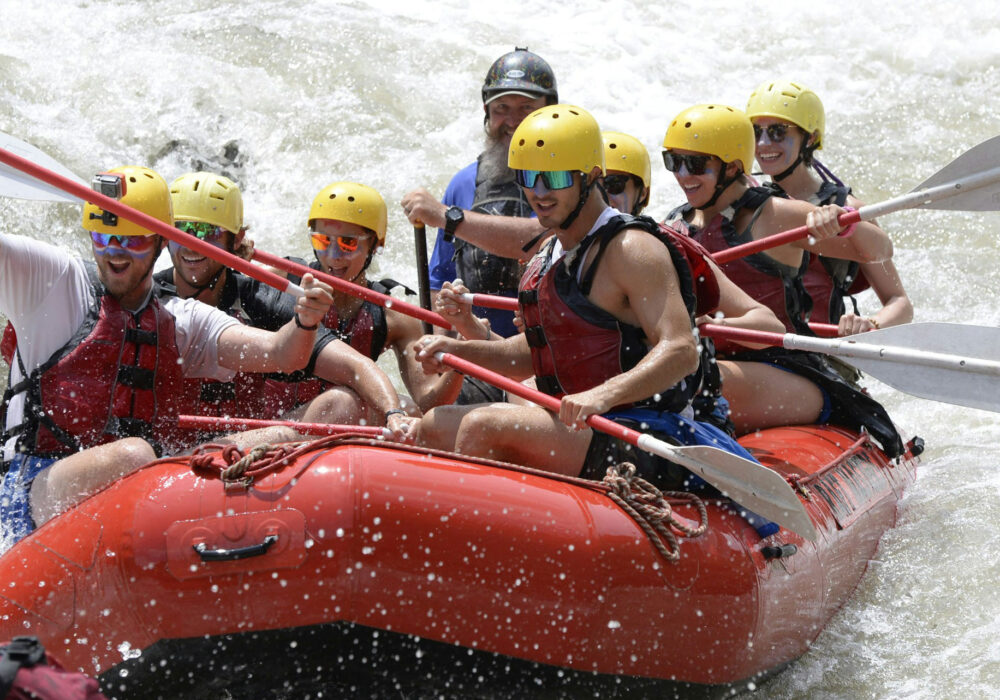
The Payette is known for its user-friendly rapids, but safety should always come first:
- Check Water Levels: Rapid classifications can change with rising or falling water. A Class III at moderate flow might edge into Class IV territory if levels spike unexpectedly.
- Wear Protective Gear: A properly fitted life jacket and helmet can literally save your life. Even if you’re just paddleboarding a mellow stretch, wearing a PFD is a wise choice.
- Know Your Limits: If you’re only comfortable with Class II or III rapids, don’t jump straight into the North Fork’s Class V sections. Instead, go with a guide.
- Respect Other River Users: The Payette is popular with anglers, tubers, rafters, kayakers, and stand-up paddleboarders. Give fellow river users space, particularly in narrow stretches or near fishing lines.
Beyond the Rapids
While whitewater stands out as a major draw, the Payette region offers more than just rafting and kayaking. Towns like Banks and Garden Valley have shops and restaurants that cater to river-goers. You can camp at established campsites near the river or find private lodging in places like Crouch or Cascade if you need more creature comforts. Nearby hot springs are scattered throughout the mountains, providing a soothing soak after a day of paddling.
At certain times of year, you can also fish for trout and bass in calmer sections. Pay attention to Idaho’s fishing regulations regarding species limits, open seasons, and catch-and-release policies. For day-trippers, a quick dip or a simple picnic by the river can be just as memorable as tackling the rapids, especially when the weather’s nice and the water’s warm.
Why the Payette River is a Beautiful Place to Visit in Idaho
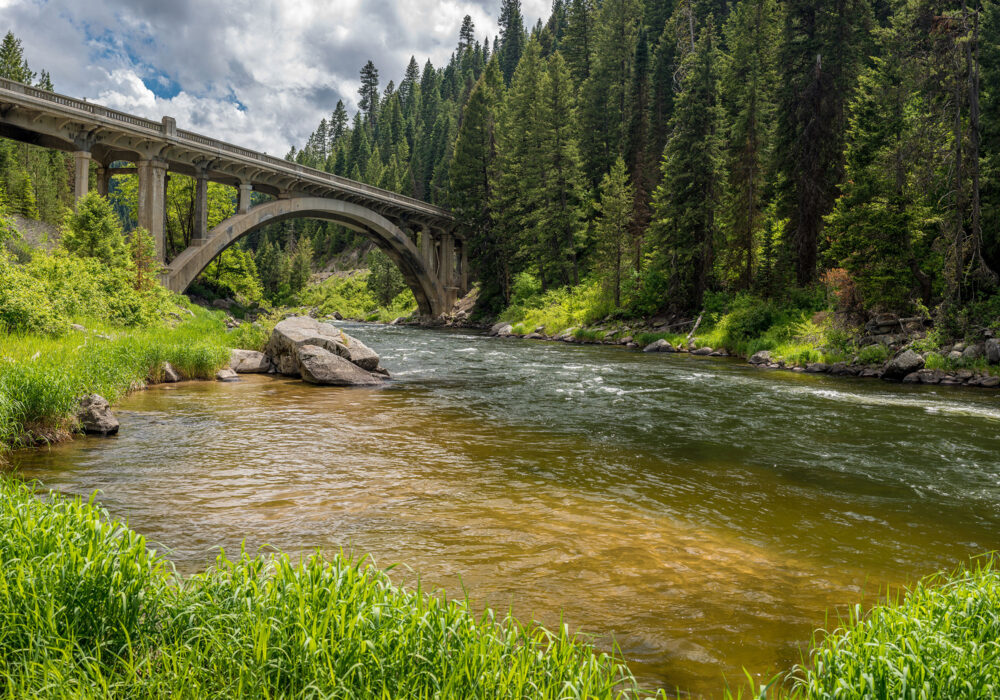
The next time you find yourself in southwestern Idaho looking for an escape, consider heading to the Payette. Gear up, bring your sense of adventure, and let the river’s rushing currents wash away the stress of daily life. The Payette River’s waves, wildlife, and winding canyons await—ready to offer you an unforgettable Idaho
The Payette River is more than just rapids on a map—it’s a beautiful place to visit in Idaho that welcomes kayakers, rafters, anglers, and nature lovers year after year. With easily accessible put-ins, a range of rapid classifications, and ample opportunities to explore the surrounding mountains and forests, this river has carved its own niche in the state’s outdoor scene.
Quick Facts About the Payette River
- Multiple Forks: The Payette River is made up of three main branches—North Fork, South Fork, and the Main Payette—each offering distinct types of whitewater.
- Range of Rapids: Sections range from mellow Class I-II stretches suitable for families all the way up to challenging Class V rapids for expert paddlers.
- Year-Round Flow: Thanks to dams at Cascade and Deadwood Reservoirs, the Payette often maintains steady flows that can extend the whitewater season into late summer or early fall.
- Quick Escape: The Main Payette is only about 35 minutes from downtown Boise, making it an easy afternoon getaway for locals and visitors alike.
- Beginners Welcome: The Main Payette (Class II-III) is an ideal spot for families or first-timers looking to learn basic rafting or kayaking skills.
- Advanced Thrills: The North Fork features demanding Class IV-V water, attracting experienced kayakers who want serious rapids.
- Scenic Canyon: Along its course, the river flows through scenic canyons and forested slopes, where you can spot wildlife such as deer, eagles, and otters.
- Federal Fee Site: Many boat ramps and parking areas on the Payette require a daily permit or seasonal pass, so be sure to display it in your vehicle.
- Versatile Activities: Besides whitewater adventures, parts of the river offer fishing, tubing, and mellow float trips—perfect for all kinds of river lovers.
- Rich Community: Towns near the river, like Banks and Garden Valley, serve as friendly hubs for gear rentals, guiding services, and post-river dining.
Idaho’s Mammoth Cave
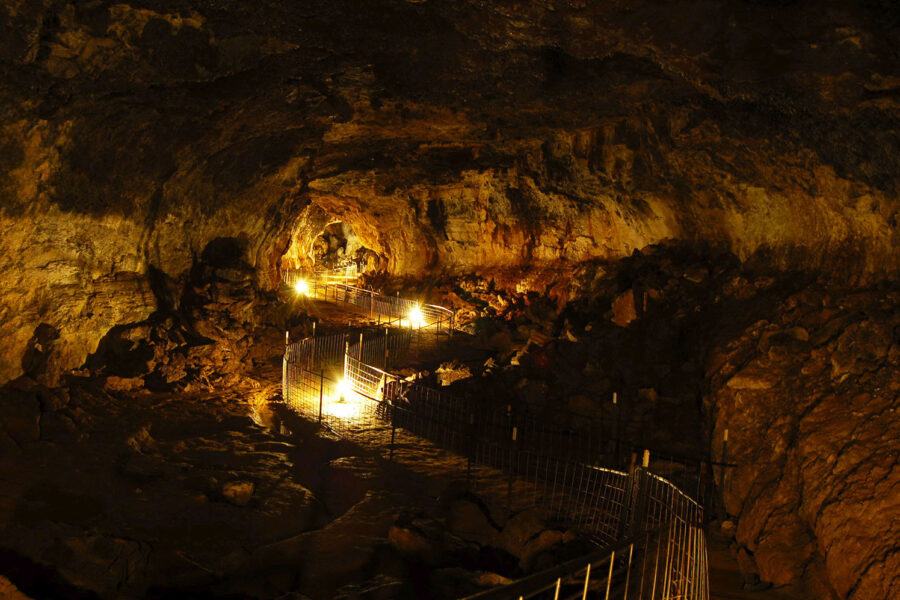
Planning a trip to Idaho? Don’t forget to put Idaho’s Mammoth Cave at the top of your list. As one of the most beautiful places to visit in Idaho, you can explore a unique and awe-inspiring underground landscape at your own personal pace with our self-guided tours. In addition to the cave, there are two privately owned museums of natural history on-site, the Shoshone Bird Museum and the Richard Arthur Olsen Museum featuring a wealth of exhibits that has earned them nickname “The Smithsonian of the Desert,” making it an unforgettable stop for the whole family.
Located eight miles north of Shoshone, Idaho, on Highway 75, Idaho’s Mammoth Cave will be open for seasonal tours from May – October, from 10 a.m. to 6 p.m. (with the last tours of the day going out at 5 p.m.), 7 days a week, including all major holidays. For more information, visit idahosmammothcave.com or call (208) 329-5382.
